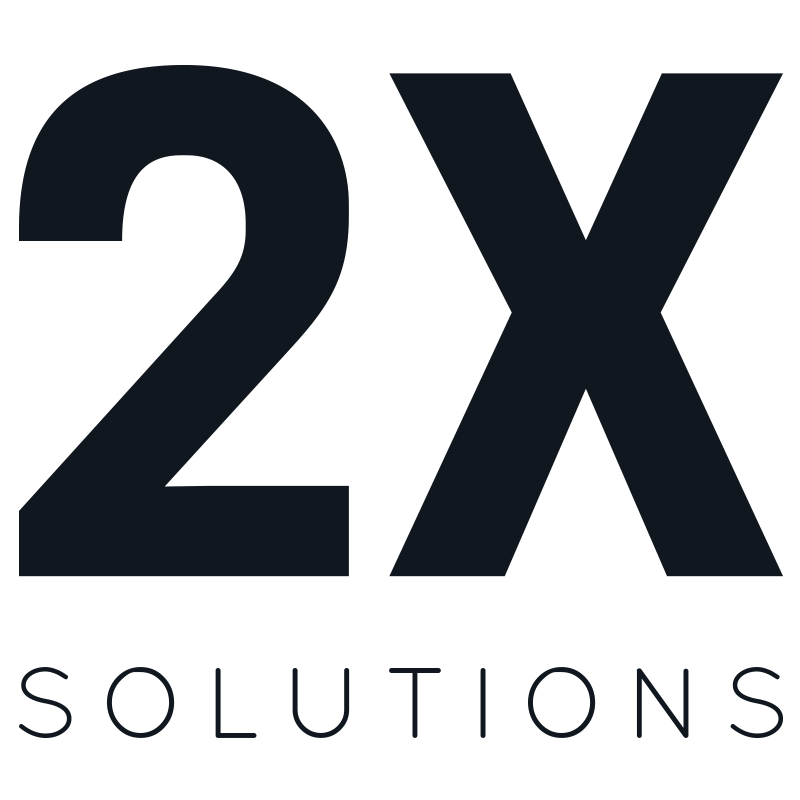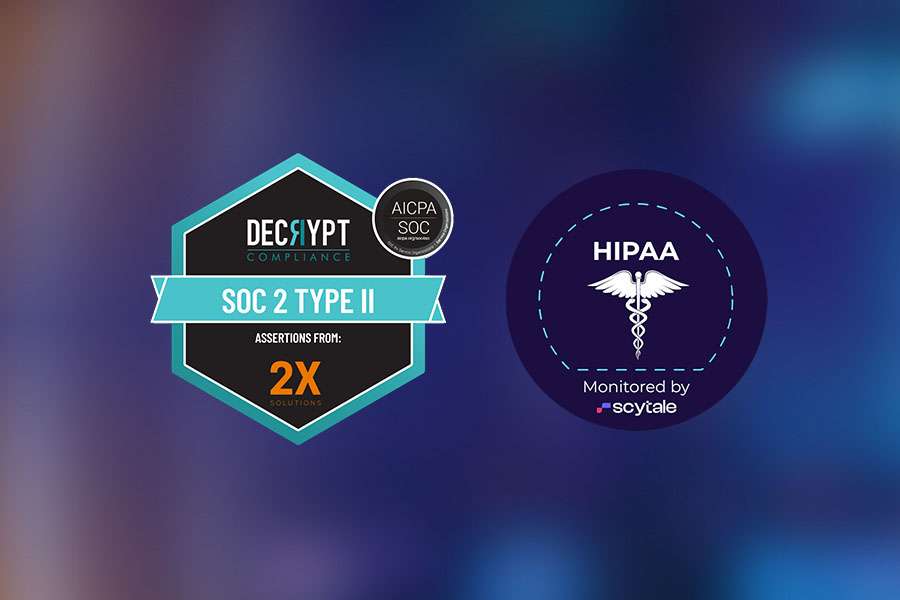When sales reps reconnect with dormant prospects, they must overcome unique obstacles to acquire customers. It’s no secret that daily prospecting is one of the most challenging aspects of sales. Reps deal with nonstop tedious work, such as taking and reviewing notes, making countless phone calls, returning follow-up calls, and checking lead lists.
Reaching out to older leads compounds the difficulty of a rep’s daily workflow by introducing additional requirements to fulfill. But now, reconnecting with prospects using AI makes the process easier for everyone involved.
In contrast to traditional chatbots that can be static and may negatively impact a sale, workplace conversational voice AI improves the flow and function of phone calls. It provides a natural, user-centric experience that frees up reps’ time so they can focus on more pressing matters.
Overcoming Salesforce Challenges When Reconnecting
According to Tony Vidler, most experienced reps understand the importance of staying in contact with old prospects with whom they may have spoken a few times but didn’t end up doing business. These potential customers could date back six months, a year, or longer.
Those leads may be saved in a rep’s CRM (customer relationship management) system, with the embedded tech tapping customers through emails periodically. However, a more personal communication method can seal the deal by turning these old leads into bona fide customers.
“Touching Base” vs. Authentic Reconnecting
Vidler notes that when reconnecting with prospects, there’s a difference between “touching base” and truly reconnecting. Reconnecting goes beyond just a quick, canned email. It involves a deeper conversation to learn more about the client’s current status.
Reps must consider many factors that could stop them from securing a client, such as time constraints, budgetary limitations, and company organizational shifts. These factors are dynamic instead of static, so reconnecting with these prospects regularly and meaningfully may be what reps need to convert clients in their favor.
Untapped Prospecting Potential

There is untapped potential in reconnecting with prospects. Forbes reported data from The Brevet Group that after an initial client-prospect meeting, the majority of sales — 80% or more — are only secured after a minimum of five calls or emails.
Yet, only 66% of reps repeatedly follow up with prospective clients. With the right communication approaches, these prospects can be converted into new clients. That’s where AI comes in.
AI offers new ways to increase answer rates as well. For instance, businesses can deploy AI using local numbers so that leads get calls from a number based on their location. You can also use AI to give leads valuable updates customized to their interests through special offers, new service announcements, or events.
The Limitations of Manual Outreach
The traditional approach to manual outreach when connecting with prospects has been the cornerstone of B2B (business-to-business) sales for decades. This method includes attending trade shows, cold calling, direct mailing, networking, mass emailing, and visiting businesses in person.
While each has its benefits, their outcomes ultimately depend on the skills of those implementing them. They are also rife with drawbacks and challenges; they are time-consuming, lack personalization, aren’t data-driven, and produce inconsistent results.
Prospecting powered by AI is a dynamic solution that can help secure sales and only continues to improve as the technology becomes more refined. To be sure, human connection will always be necessary; but due to the limitations of human outreach, which involve time-consuming processes, AI is positioned to help businesses grow on both the back and front ends.
AI is effective in reconnecting with prospects because it allows a rep to contact more old leads faster. It can quickly analyze data and produce output (insights, patterns, predictions, and trends) to scale personalized outreach in innovative ways.
Making Better Prospecting Connections With AI
In his book The Sounds of Success: Voice AI Strategies for a Competitive Advantage, Kevin DeMeritt explores how voice AI empowers companies with peak production solutions that would have been impossible to achieve under old practices. This alone points to voice AI being the future of business and why it deserves your serious attention.
According to DeMeritt, the main advantage of integrating voice AI into a sales team’s CRM is that it reduces business overhead. It does this by replacing staff and enhancing operational efficiencies. Examples of how it fuels a company’s production process include streamlining customer service operations, reducing human error, assisting with front-desk and after-hours reception tasks, and reconnecting with prospects using AI.
Using AI-Powered Prospecting To Revive Stale Leads

Voice AI uses innovative technological features, such as targeted triggers, to reengage older prospects. DeMeritt highlights several predictive analysis methods that conversational AI uses to connect with prospects.
Examples of voice AI’s re-engagement strategies include:
- Appointment reminders
- Automated follow-ups
- Automatic paperwork notifications
- Enhanced multi-channel outreach (emails, phone calls, SMS)
- Feedback collection
- Payment acknowledgment
- Promotions and product updates
- Renewal notices
With these in place, sales companies are poised to optimize their person-to-person interactions by minimizing the leg work they do in the background. Other key advantages are as follows:
Automated lead management: Harvard Business Review research notes that if a sales rep delays contacting a lead, the probability of reconnecting diminishes by 400%. Using voice AI to enhance customer relationships helps reps tackle workforce tasks, more effectively connecting those reps with clients.
Lead prioritization: Conversational voice AI adapts as it learns. It can easily search through leads, ask prospects questions to garner interest, check a lead’s past interactions with businesses, help assign lead scores based on a sales team’s criteria, and identify ideal prospects.
Personalized customer engagement: As voice AI advances, it can use natural language processing (NLP) and machine learning algorithms to comprehend the nuances of conversational language.
On-point advertising strategies: Because voice AI has such keen analytical abilities, it can also use efficient data to help salesforce teams create advertising campaigns that best engage customers.
AI Data From Real-World Studies
Many businesses are already scaling their use of voice AI technology to reengage clients in real-world scenarios. Integrating AI tools into their existing CRM systems has increased revenue by boosting customer satisfaction and lead-to-customer conversion rates.
Here are a few examples from notable industry sources:
- According to Dell, the computer giant’s infrastructure solutions team leveraged AI technology to achieve a record-breaking 34% year-on-year revenue increase.
- An article from Butterball Foodservice reported that Jet Pizza used an SMS ordering system to earn $31.36 million in sales.
- An MIT global study states that of the businesses surveyed, between 25% and 50% of all customer inquiries are resolved using AI tools like virtual agents.
- According to Spiceworks, chatbots have improved business returns on investments (ROIs) by increasing sales by 67% on average, with 26% of all initial sales beginning via a chatbot conversation.
- Tidio notes that companies integrating AI into their CRM systems experience revenue growth 4-8% faster.
Finding the Best AI Prospect Re-Engagement Solution

Voice AI has a track record of proven success, and businesses must employ a suitable AI solution sooner rather than later if they are to see significant growth. When a business is faced with the task of selecting the best AI solution, Kevin DeMeritt points out several important factors it needs to consider before adding conversational voice AI to its existing workforce systems.
Not all AI solutions are created equal; businesses must take into account their current tools, processes that need more effective management, and future needs to make informed decisions about where they could be headed. It’s also important to look for certain features in conversational AI systems, such as seamless integration, NLP capabilities, and fast response times.
DeMeritt created a checklist that businesses can use before installing a voice AI strategy, including the need for a business to:
- Be prepared to perform regular monitoring.
- Be prepared to scale up for the future.
- Carefully define objectives.
- Evaluate necessary technology.
- Select the most efficient AI provider and systems.
- Solicit customer feedback, then adapt as needed.
- Properly train and integrate employees.
Reconnecting with a customer via AI requires careful planning, timing, and transparent communication. Prospects should know that they’re interacting with AI, and it’s up to the company to ensure this.
Harnessing Conversational Voice AI With 2X Solutions
With conversational AI’s rapid growth, many tools are available to harness this powerful technology. You want to choose the right AI solution that helps boost your bottom line and boasts maximum growth potential for your company’s future needs. Your business can also benefit from reconnecting with prospects using the right AI solutions for sales engagement.
2X Solutions offers transformative solutions that can help any business rise above the pack. With myriad conversational voice AI services, 2X Solutions has the groundbreaking technology your business needs to scale up to the next level. To gain more insight, visit 2X Solutions today.






